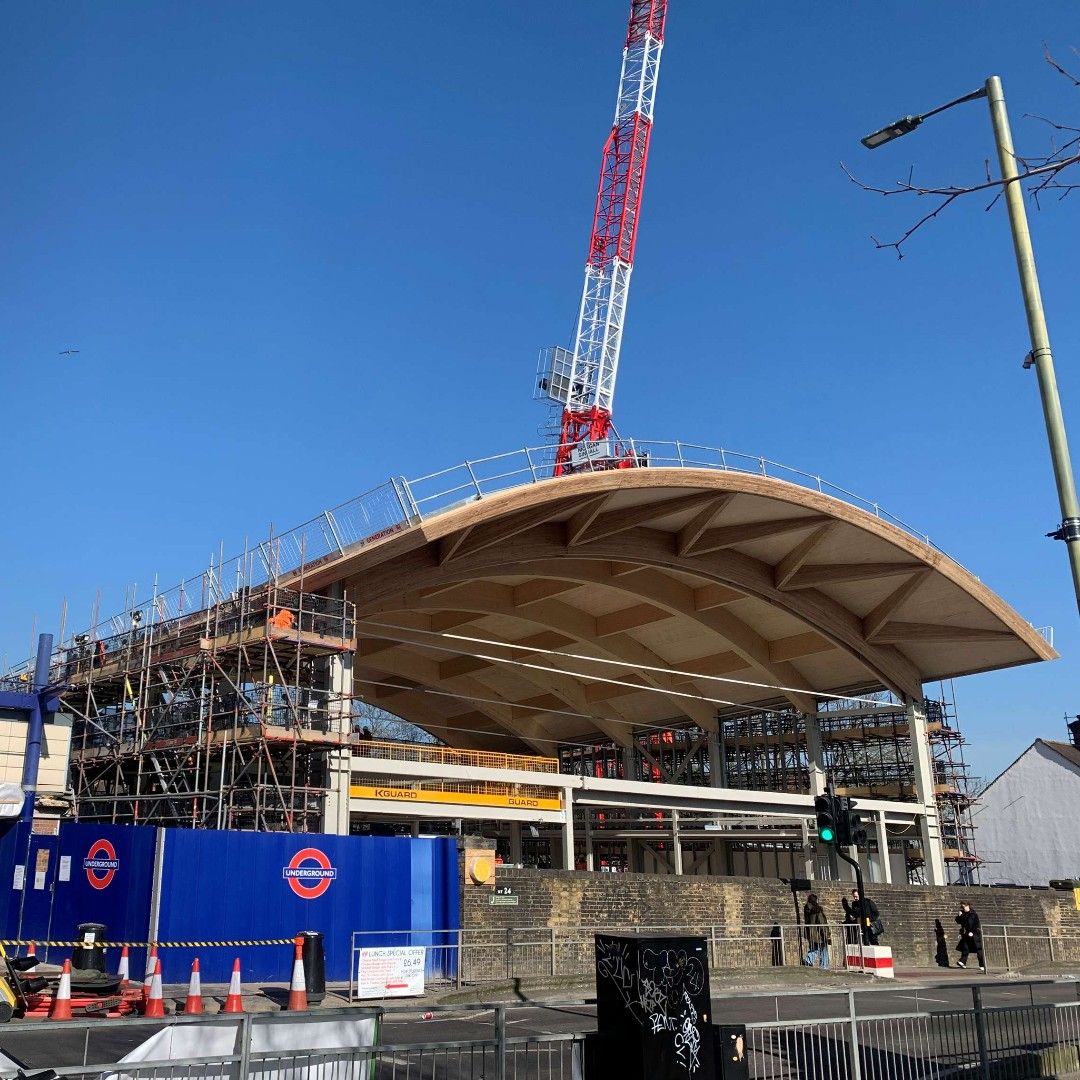

By establishing a process that gets all the engineers and supervision on the same page, we ensure they can take ownership and contribute to progress.
The Thomas Road Over Rail project is one of three level-crossings replaced as part of the Byford Rail Extension project on METRONET. As a crucial part of Perth's rail network upgrade and electrification, it will substantially improve road safety and traffic congestion for the local Armadale community. The project was awarded to the MetCONNX Alliance, a joint venture of infrastructure leaders Laing O'Rourke Australia Construction Pty Ltd, Pritchard Francis Consulting Pty Ltd, and Kellog Brown & Root Pty Ltd.
As an essential contractor across the broader METRONET scheme, Thomas Road Over Rail is one of the earliest elements delivered by Laing O'Rourke. While the $100M project may not be the largest in the scheme, it sets a standard for future level crossing removals across Perth. To maintain local traffic flow, the project initially constructed a temporary road and half of the new carriageway before switching traffic and building the remaining bridge and embankments. The wider project team emphasised executing a well-planned project on time to minimise community impact.

Driving team buy-in with a clear weekly routine
We were coordinating separate plans on the fly and everything felt more like an end-of-week scramble than a clear, structured routine.
David Williams, Construction Manager at Laing O'Rourke
With fewer than ten members in the project's engineering and planning teams, reliable planning meant getting everyone involved. "We wanted to emulate the type of weekly lookahead routine that had been successful on previous projects," said David Williams, a Construction Manager for Laing O'Rourke. "By establishing a process that gets all the engineers and supervision on the same page, we ensure they can take ownership and contribute to progress."
When he first joined the project, David saw that the existing lookahead routine was centred around a Friday afternoon program lock where engineers would present the 3-week lookahead to the project's management team, escalating issues, making any final changes and getting the endorsement of the plan. "Because this meeting was the only time the plans from different teams would come together," noted David, "we were coordinating separate plans on the fly and everything felt more like an end-of-week scramble than a clear, structured routine".
He decided they needed a way for teams to collaboratively update their lookaheads before the weekly review. He then looked to other Laing O'Rourke projects in the region, saw they were experimenting with Aphex, and decided to do the same.

David and the team updated their weekly routine to drive home the collaboration and remove the Friday afternoon rush. Now, area teams of engineers and supervisors update and review their plans each Wednesday, with Aphex helping to identify cross-team interfaces and remove them before the final presentation, now on a Thursday. "Our new approach drives the engineers and supervisors to be completely across their plans and how they fit into the wider project before our final review meeting," said David, "this has driven real buy-in and accountability to our plans."
Using the lookahead to drive weekly reporting
We have better quality data that can be used by the delivery and site-based teams to understand problems and avoid major issues.
Ali Naqvi, Senior Planning and Project Controls Engineer at Laing O'Rourke
When it comes to reporting on Thomas Road Over Rail, like in most construction projects, the planning function does a lot of the heavy lifting. Sometimes, this is on top of an already "full-time" set of planning responsibilities. "On some previous projects, planners would not only be responsible for the master schedule and reporting but also own the detailed level 5 lookahead plans," said Ali Naqvi, Senior Planning and Project Controls Engineer. When planners have too many process deliverables (reports, updates, plans) to output, they often have to sacrifice their most important responsibility of interrogating the master schedule and looking for risks and possible opportunities to escalate to project managers.
Once David and the delivery team had adopted Aphex for their lookahead planning, Ali could focus on movements in the contractual programme and report on project performance. Now, every Monday, Ali shares with the project team a summary of progress and what he finds are the most valuable measures of performance.
With the Aphex Power BI API, he could even automate a number of the elements of that weekly report, "We have better quality data that can be used by the delivery and site-based teams to understand problems and avoid major issues. Particularly resource data, daily resource requirements from the delivery team are more accurate." Ali Naqvi, Senior Planning and Project Controls Engineer.
The Thomas Road Over Rail team is an excellent example of a lean project team where everyone on the project contributes to a remarkable outcome. By taking the time to ensure that everyone on the project is bought into the plan, the entire team, from management down to the site, is empowered to make the incremental efforts and decisions needed.


Heading
Lorem ipsum dolor sit amet, consectetur adipiscing elit. Suspendisse varius Duis cursus,









